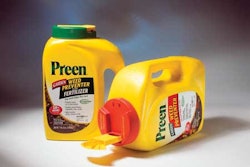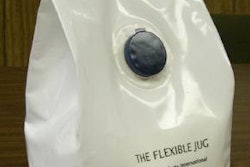PW: What do you see that’s new and different in the use of packaging as a marketing tool?
Goodell: I’m struggling to find anything that’s innovative in the U.S. Most of what I’m seeing is occurring overseas. In this country, too many packages lack integrated graphics and structure to deliver an on-target message about their particular brand. Changing the package color is a cost effective way to do a line extension, but it’s still the same box. Is it really delivering on the message of the new product in the line extension? The Altoids tin is great, but you go to stores now and see other products in basically the same tin.
PW: Where do you see innovation occurring?
Goodell: A lot of small boutique companies are driving innovation. They are finding beautiful textures or closures to make the package distinctive. Cocktails by Jenn, those four-pack vodka cocktails, started out regionally. People seem to like the single-serve packaging, and the brand has gotten some critical mass and is turning into a national brand.
PW: If you believe that a lot of the real packaging innovation is occurring in other countries, do you see evidence that these packages are serving as a design inspiration for U.S. marketers?
Goodell: I don’t mean to sound gloom and doom, but there is a lot of looking at what’s already on the market overseas and simply reproducing it here.
PW: Five years ago, the prevailing belief was that a small fraction of marketers really understood packaging’s capacity to sell a brand. We’re hearing that today, about 50% of all marketers “get it.” Do you agree with that estimate?
Goodell: It sounds reasonable. The ones who really get it understand that a brand is owned by its consumers. Some marketers that we work with truly understand this, rather than it being a case of them trying to protect the ivory tower. But there’s still a bit of myopic marketing going on.
—Jim George


























